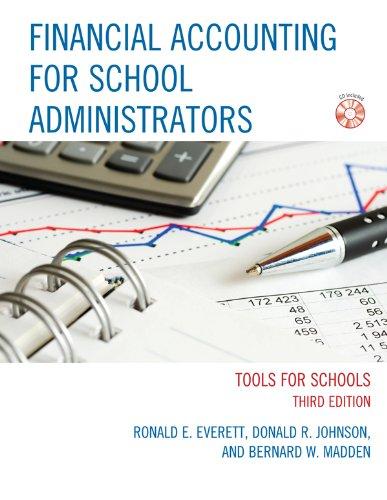Basic Variance Analysis, Revision of Standards, Journal Entries Petrillo Company produces engine parts for large motors. The company uses a standard cost system for production costing and control. The standard cost sheet for one of its higher volume products (a valve) is as follows: Direct materials (7 lbs. @ $37.80 $5.40) Direct labor (1.75 hrs. @ $18) 31.50 Variable overhead (1.75 hrs. @ 7.00 $4.00) Fixed overhead (1.75 hrs. @ 5.25 $3.00) Standard cost per unit $81.55 During the year, Petrillo had the following activity related to valve production: a. Production of valves totaled 20,600 units. b. A total of 135,500 pounds of direct materials was purchased at $5.36 per pound, C. There were 10,000 pounds of direct materials in beginning inventory (carried at $5.40 per pound). There was no ending inventory d. The company used 36,500 direct labor hours at a total cost of $656,270. e. Actual fixed overhead totaled $110,000. f. Actual variable overhead totaled $168,000 Petrillo produces all of its valves in a single plant. Normal activity is 20,000 units per year. Standard overhead rates are computed based on normal activity measured in standard direct labor hours. Required: 1. Compute the direct materials price and usage variances. MPV $ MUV $ 2. Compute the direct labor rate and efficiency variance Labor Rate Variance Labor Efficiency Variance 3. Compute overhead variances using a two-variance analysis. Budget Variance $ Volume Variance $ 4. Compute overhead variances using a four-variance analysis. Variable overhead spending variance Variable overhead efficiency variance Fixed overhead spending variance Fixed overhead volume variance 5. Assume that the purchasing agent for the valve plant purchased a lower-quality direct material from a new supplier. Would you recommend that the company continue to use this cheaper direct material? 6. Prepare all possible journal entries (assuming a four-variance analysis of overhead variances). For compound entries, if an amount box does not require an entry, leave it blank. a. Record materials purchase b. Record materials usage c. Record direct labor d. Close materials usage and labor variances to CGS e. Close price variance to CGS f. Record actual variable overhead g. Record actual fixed overhead h. Apply variable overhead a 1. Apply fixed overhead 1. Record overhead variances k. Close spending and efficiency Fariances to CGS 1. Close volume variance to CGS










